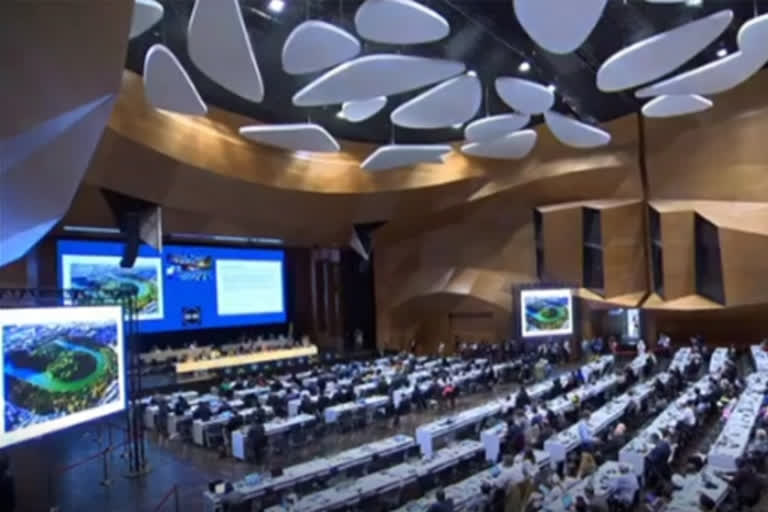Baku: UNESCO added two tumulus clusters in western Japan to the World Heritage list on Saturday.
The clusters represent an ancient burial system and the hierarchy of Japanese society at the time.
The decision came at a meeting of the World Heritage Committee of the the UN Educational, Scientific and Cultural Organization (UNESCO) in the Azerbaijani capital, Baku.
The sites, which are made up of 49 tombs in Osaka Prefecture and collectively called Mozu-Furuichi tumulus clusters, include the country's largest keyhole-shaped mound named after Emperor Nintoku, who is said to have reigned in the fourth century.
The Emperor Nintoku mausoleum, called Daisen Kofun, is part of the Mozu cluster in Sakai and is 486 metres (530 yards) long.
It is said to be one of the three largest mounded tombs in the world, along with the Mausoleum of the First Qin Emperor in China and the Great Pyramid of Giza in Egypt.
The 49 tombs, varying in size and shape, are supposed to have been built between the late fourth and the late fifth centuries.
The new listing brings the number of world heritage sites in Japan to 23.
Read more: UN's nuclear monitor calls for special meeting on Iran July 10




